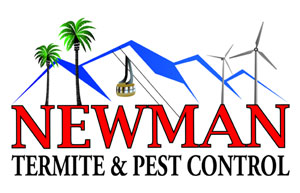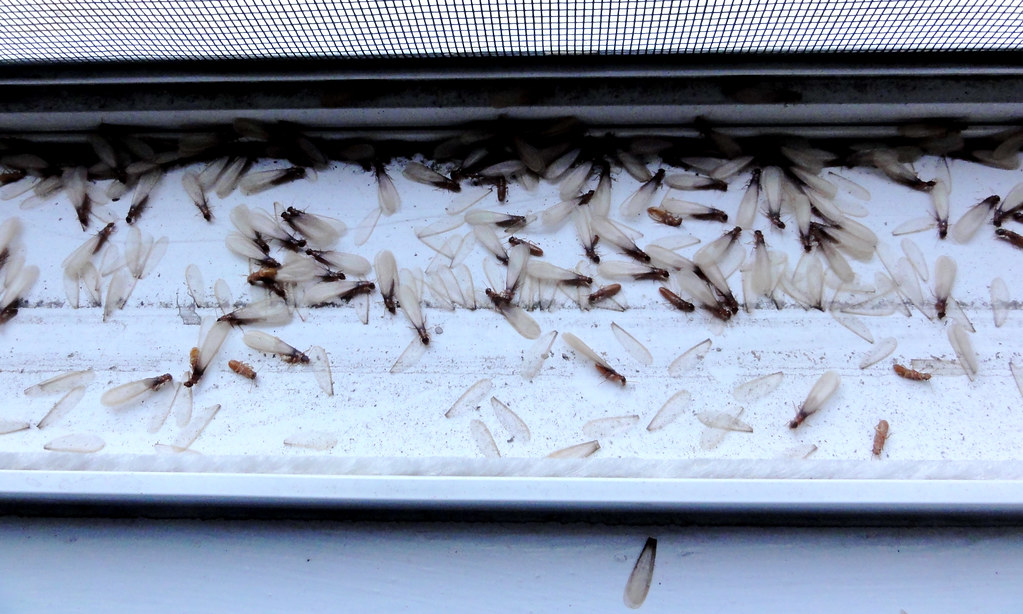Are you curious about the fascinating life cycle of termites? In this article, we’ll take you on a quick and insightful journey through the different stages these industrious insects go through.
From the egg stage to the nymph stage, and then onto the worker stage, soldier stage, and finally the reproductive stage, you’ll gain a deeper understanding of how termites grow and develop.
So, let’s dive in and explore the remarkable world of termites together!
The Egg Stage
During the egg stage, you’ll notice small white eggs being laid by the termite queen. These eggs are quite tiny, only about the size of a grain of sand. The queen termite can lay hundreds or even thousands of eggs in her lifetime. This is certainly high on the top 10 fascinating facts about termites list.
Once the eggs are laid, they enter the incubation period, which usually lasts for a few weeks. During this time, the eggs are kept warm and protected within the termite colony.
After the incubation period, the hatching process begins. The eggs start to crack, and tiny termite larvae emerge. These larvae are initially white and soft-bodied. They are cared for and fed by the worker termites until they grow into mature adults.
The egg stage is crucial in the life cycle of termites, as it marks the beginning of new life within the colony and not that far away from the afterlife of termites.
The Nymph Stage
The nymph stage is a crucial phase in the termite life cycle. During this stage, termites undergo significant developmental changes and exhibit specific behaviors. Here are some key aspects to understand:
- Nymphs molt several times as they grow, shedding their exoskeletons and developing into fully formed termites.
- Nymphs are responsible for the construction and maintenance of the termite colony, including building tunnels and chambers.
- They also feed on cellulose-rich materials, aiding in the breakdown of wood and other organic matter.
- Nymphs play an essential role in the care and nourishment of the young termites and the queen.
- The behavior of nymphs is highly cooperative, as they work together to ensure the survival and growth of the colony.
Understanding the developmental changes and nymph behavior is crucial in comprehending the intricate workings of termite colonies.
The Worker Stage
To fully grasp the intricate workings of termite colonies, you’ll gain a deeper understanding of the worker stage. The worker termites are the backbone of the colony, responsible for various tasks that keep the colony thriving.
Their behavioral patterns revolve around their duties, which include building and repairing the nest, caring for the young, and foraging for food sources. These diligent workers have a sophisticated system in place for finding food. They use pheromones to communicate and follow specific foraging strategies to efficiently locate and retrieve food. They can even navigate through complex mazes to reach their desired food sources.
The worker stage is a crucial part of the termite life cycle, as it ensures the survival and prosperity of the entire colony.
The Soldier Stage
Contrary to popular belief, soldiers play a crucial role in termite colonies. When it comes to termite defense mechanisms, these soldiers are the first line of protection. With their large heads and powerful mandibles, soldier termites are equipped to fight off any potential threats.
They are responsible for defending the colony against predators, such as ants, and other invading insects. Soldier termites also have a unique characteristic – they are blind. Despite their lack of sight, they rely on their strong sense of touch and vibrations to detect danger.
When disturbed, soldier termites will release a chemical signal to alert the rest of the colony, initiating a coordinated defense response. Without these brave soldiers, termite colonies would be vulnerable and unable to survive.
The Reproductive Stage
Get ready for an incredible sight during the reproductive stage of a termite colony – you’ll witness the emergence of the winged reproductive termites, also known as alates. Here’s what you need to know:
- Mating behavior: During this stage, alates from different colonies gather in large swarms. These swarms are often seen on warm, humid evenings, and they are a spectacle to behold.
- Queen termite’s role: The queen termite plays a crucial role in the reproductive stage. She produces pheromones that attract the male alates and signals to them that she is ready to mate. Once a male alate finds the queen, they engage in a nuptial flight, where they mate in mid-air.
- After mating: After the nuptial flight, the male alates die, and the female alates shed their wings. The fertilized females then search for suitable locations to start new colonies and become the new queens.
Witnessing the reproductive stage of a termite colony is a fascinating experience that showcases the intricate mating behavior and the pivotal role of the queen termite.
Frequently Asked Questions
How Long Does It Take for a Termite to Develop From an Egg to a Reproductive Stage?
To answer your question about how long it takes for a termite to develop from an egg to a reproductive stage, a few factors come into play.
The Life Cycle of Termites: A Quick and Insightful Look can shed some light on this.
Environmental conditions play a crucial role in termite development. Factors like temperature and humidity can affect the time it takes for a termite to reach reproductive maturity. So, it’s essential to consider these factors when studying the life cycle of termites.
Do All Termites in a Colony Go Through Every Stage of the Life Cycle?
Yes, termites in a colony do have specific roles during each stage of their life cycle. Each termite has a designated role based on their stage of life. For example, worker termites are responsible for building and maintaining the colony, while soldier termites defend it. The reproductive termites, in their stage, contribute to the survival of the colony by creating new colonies. Their ability to reproduce ensures the continuation of the termite community.
Can Termites in Different Stages Communicate With Each Other?
Termites in different stages can communicate with each other. During termite reproductive development, communication is crucial for the survival and success of the colony. They use pheromones, vibrations, and physical contact to convey messages and coordinate their activities.
These communication methods allow termites to work together, share information, and maintain the structural integrity of their nests. So, even though they go through different stages in their life cycle, termites can still communicate effectively with each other.
How Do Termites in the Worker Stage Gather Food for the Colony?
Termite workers gather food by foraging in the surrounding environment and bringing it back to the colony. They use pheromones to communicate with each other and to leave trails for others to follow.
It’s fascinating how these hardworking creatures work together to ensure the survival of their colony. By tirelessly searching for food and leaving scent trails, they ensure that the entire colony is well-fed and thriving.
Are There Any Specific Characteristics That Distinguish Termites in the Nymph Stage From Those in the Soldier Stage?
In the nymph stage, termites have distinct characteristics that set them apart from those in the soldier stage. They are smaller in size and lack the developed mandibles and large heads of soldiers.
Nymphs are responsible for tasks like caring for eggs and young termites.
Pheromones play a crucial role in newman termite & pest control communication, helping to coordinate activities within the colony and regulate development. These chemical signals allow termites to work together efficiently and maintain the overall organization of the colony.
Conclusion
So there you have it, a quick and insightful look into the life cycle of termites.
From the egg stage to the nymph stage, followed by the worker stage and soldier stage, and finally, the reproductive stage.
It’s fascinating to see how these tiny insects go through different stages of development and fulfill specific roles within their colonies.
Next time you see a termite, you’ll have a better understanding of where it stands in its life cycle.

